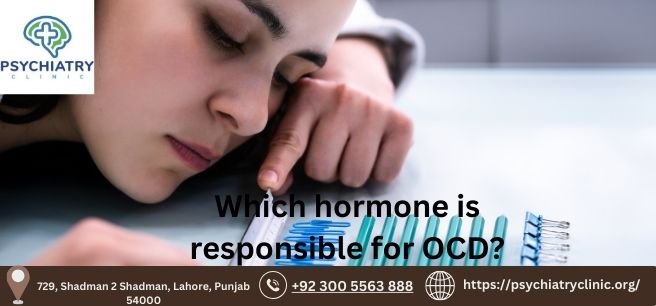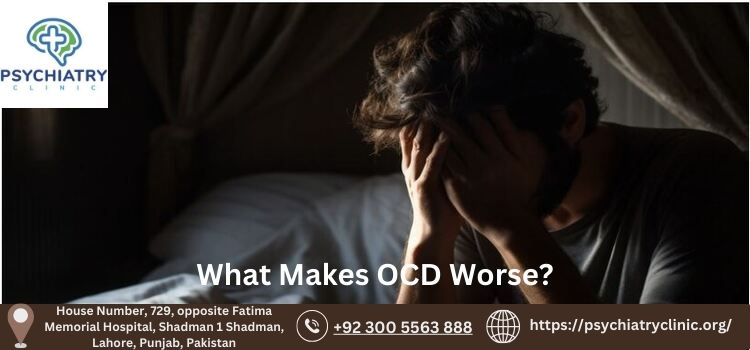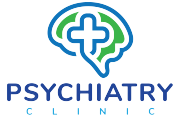What is OCD?
What is OCD?
Lot of people want to know that what is OCD? So, OCD or Obsessive-compulsive disorder is the anxiety disorder in which there are recurrent thoughts, urges, or images (obsessions) intruding on one’s mind followed by repetitive behaviors (compulsions) aimed at reducing the distress or anxiety caused due to obsessions. From a cognitive perspective, these acts intend to neutralize or prevent the feared events. The essential criteria for diagnosing an individual to be having OCD are that obsessions and compulsions must consume the time of more than one hour a day and that the individual must have recognized at some time that these repetitive thoughts (obsessions) or repetitive acts or behaviors (compulsions) are excessive and unreasonable. The Epidemiological Catchment Area Survey indicated that the lifetime prevalence of OCD was 2.5% and the six-month prevalence rate was 1.6% and making it the 4th most common psychiatric disorder in the USA.OCD Symptoms
Let’s track our obsessions!! Obsessions are intrusive thoughts. The common themes of obsessions are clustered in six categories:- Dirt and contamination:
- Aggressive or horrific impulses
- Sexual obsessions
- Religious obsessions
- Orderliness
- Illness (e.g. recurrent thoughts of probably getting sick)
- Obsessional Doubts In this type of obsession, a patient is doubtful whether he has completed the task or not. Whether he locked the door or not
Compulsions – Repetitive Behaviors
The compulsions are repetitive acts or behaviors. They can be overt (observable or behavioral) or covert (hidden or cognitive). The overt compulsions of OCD disorder include- Repeated hand washing,
- Frequent checking,
- Orderliness and alignment of objects.
- Frequent praying,
- Counting
- repeating words.
Being trapped in a Vicious Cycle
These compulsive acts alone do not account for subsiding the anxiety caused by the obsessions but are also responsible for maintaining the vicious cycle of OCD (see figure 1). The following model describes how the individual is trapped in a vicious cycle by performing the compulsive actsFour factors that predict the development of this disorder
The exact cause for the development of OCD is not discovered yet but research is being conducted to know the cause of this disorder. Some risk factors can lead to obsessive-compulsive disorder.- Genetics: Genes play an important role in many disorders. The gene studies were conducted to find the risk factors involved in OCD and the results showed that most of the people who develop OCD have a family member or first-degree relative suffering from this disorder with a high risk if the family member developed it in his childhood or teenage. Identical twins have more chances of developing this disorder than fraternal twins.
- Biological Abnormalities: The exact connection between the brain areas and OCD is not found yet but dysfunction in the frontal cortex, subcortical structures, anterior cingulate cortex, and striatum have been mostly associated with OCD with the help of imaging studies.
- Environment: The environment also plays a huge role in the development of many disorders. Children have a high risk of developing OCD if they had experienced any kind of traumatic events like accidents or physical or sexual abuse in their childhood. For example, a boy developed OCD symptoms because his best friend died a year back. And also OCD is associated with post-infectious autoimmune syndrome.
- Role of Parenting
OCD Treatment:
Obsessive-compulsive disorder is treatable through medications or psychotherapy and both types of treatment are helpful for the patient. And sometimes both are given side by side. Treatment with Medications Mostly used drugs used for the treatment of obsessive compulsive disorder are SSRIs (such as Paroxetine, sertraline, fluvoxamine, etc.). Among tricyclic antidepressants, only clomipramine is indicated for OCD. Medicine is usually started at a low dose and gradually dose is increased until the desired response to medicine is achieved. Multiple medicines are avoided as much as possible. Once the response is achieved, it is very important to continue the medicine for a longer period, usually two years. Treatment with Psychotherapy Various psychological interventions are available for the treatment of an obsessive-compulsive disorder, ranging from self-help techniques to structured psychotherapeutic techniques such as exposure and response prevention. Few are discussed here Thought Stop technique This technique is based on the idea that in OCD, there is a repeated, intrusive flow of thoughts and patients feel helpless to resist these thoughts. In this technique, the patient is helped to break this chain of thoughts. When the thoughts come, the patient is asked to strike his hand on the table forcefully and say the word, “Stop”. All signals such as pain by striking the hand, sound striking the hand and uttering the word stop, help to temporarily block the flow of thoughts. Exposure and Response Prevention This is a highly effective technique for obsessive compulsive disorder. According to some research, this is as effective as medicine. The idea behind this technique is that if a patient stops compulsions, obsessions will fade away. For example, if the patient stops washing his hand repeatedly obsessional about dirt and contamination will disappear. For details see exposure and response prevention therapy- Make a hierarchy of obsession-producing situations from less severe to more severe
- Teach the relaxation techniques to patient
- Expose the patient to an obsession-producing situation such as touching the floor with a hand. This is best done by modeling. That means the therapist himself touches the floor with his hand and then asks the patient to touch the floor.
- A patient develops a strong urge to wash his hand but he is asked not to do so.
- If a patient doesn’t wash his hands, anxiety will be produced. This will be overcome by relaxation techniques
Social Media
Related

ڈپریشن کیا ہے؟ اس کی علامات، وجوہات اور علاج
19/11/2023

Your Guide to Insomnia Treatment
09/10/2022


What Makes OCD Worse? Comprehensive Guide
07/01/2024
Get The Latest Updates

